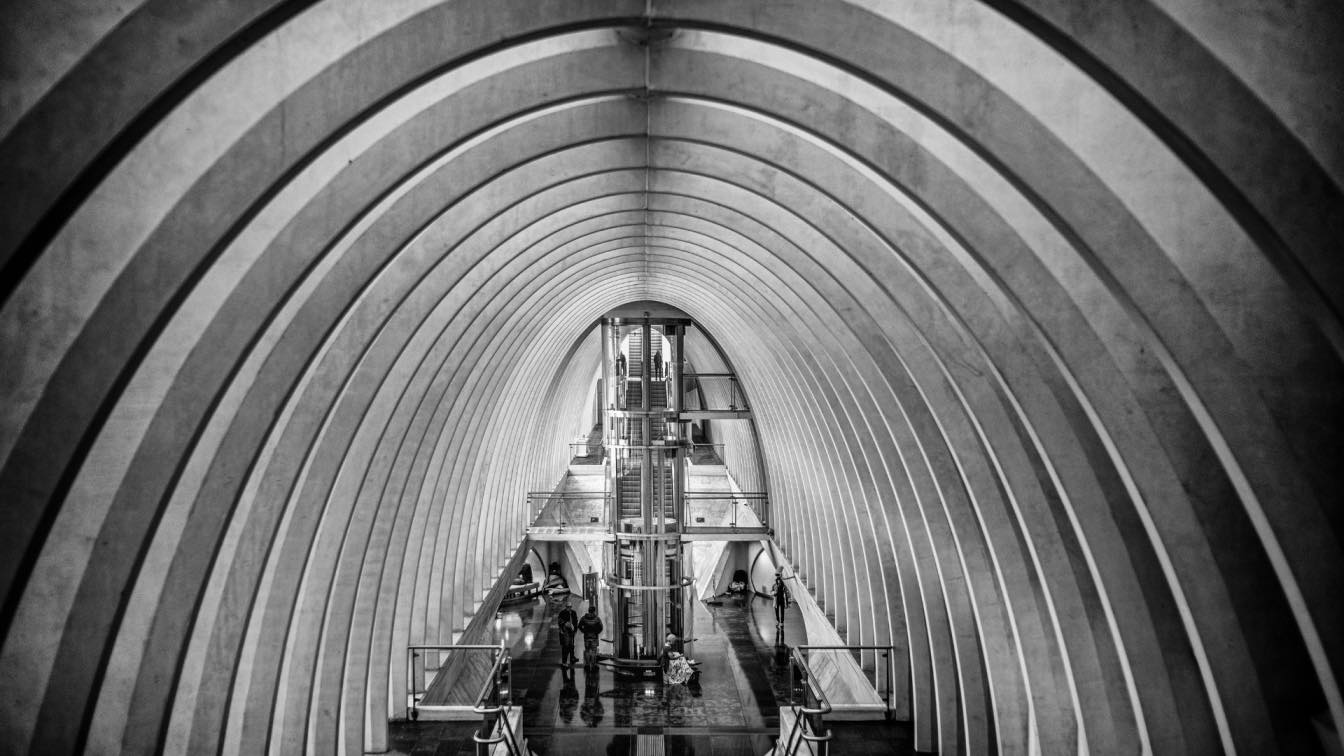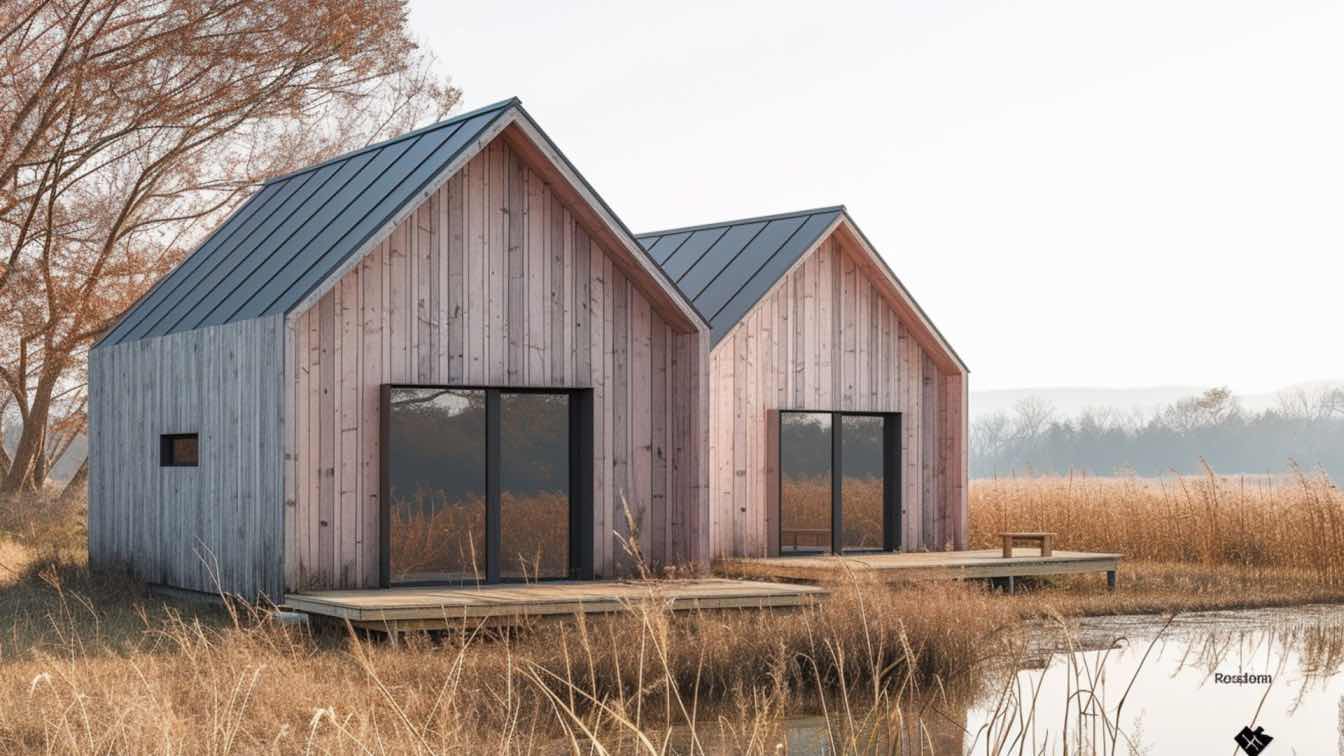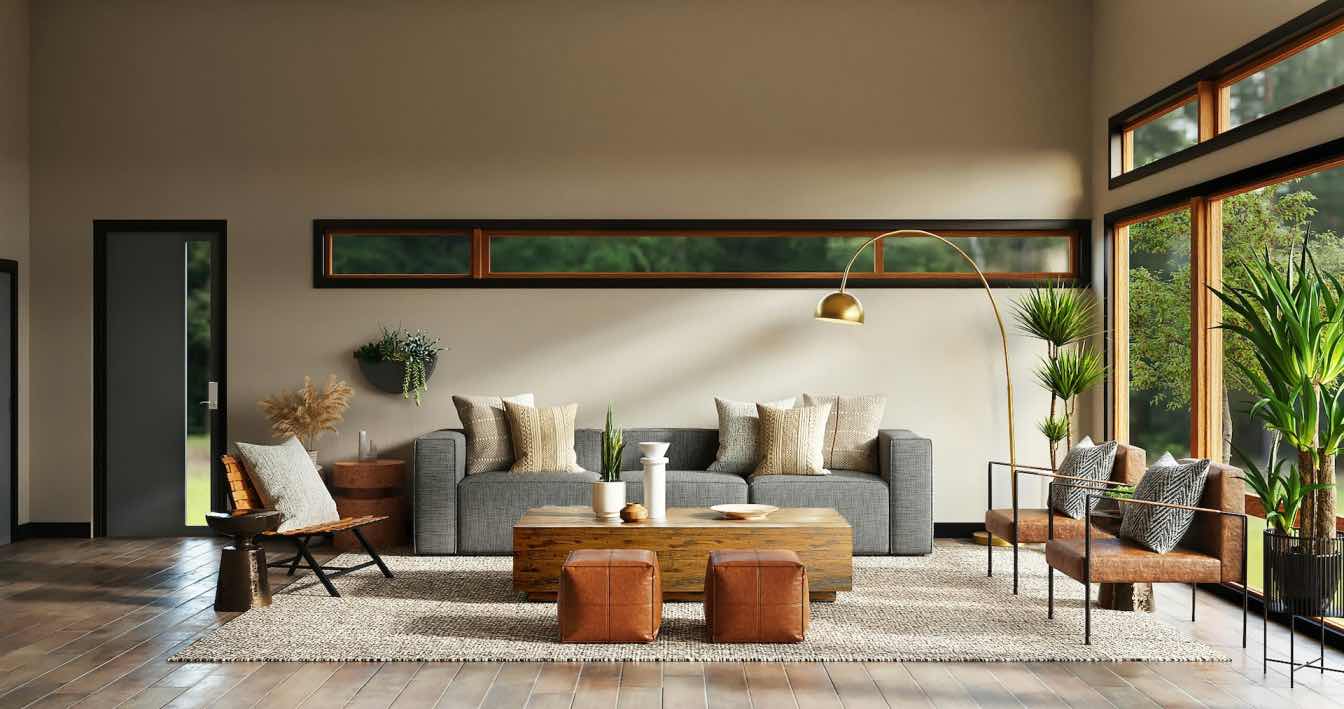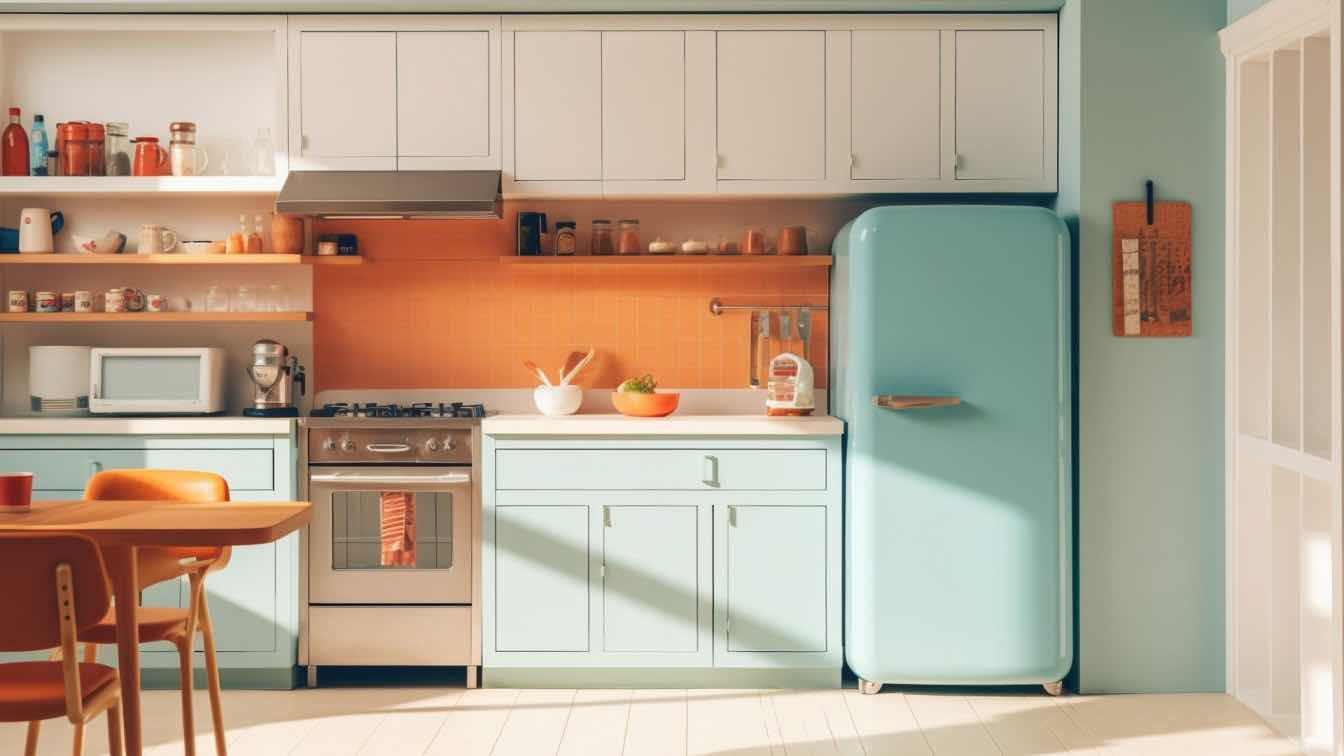Architecture photography is a highly specialized field that requires a keen eye for detail, the right equipment, and good editing skills. To help you take stunning architecture photos that capture the essence of the building and showcase its design, this blog will cover the essential equipment, tips for taking amazing architecture photos, and editing tips to give your pictures that extra pop.
Equipment Needed for Architecture Photography
Before taking photos, it's crucial to have the right equipment. The following are some essential pieces of equipment that every architecture photographer should have:
Camera: A good camera is the backbone of any photography genre, and architecture photography is no exception. A camera with a high resolution and dynamic range will allow you to capture the intricate details of the building, and the dynamic range will help you retain details in both the highlights and shadows.
Lenses: A wide-angle lens is a must-have for architecture photography. A lens with a focal length of 16-24mm is ideal for capturing the grandeur of buildings while maintaining the proper perspective.
Tripod: A tripod is essential to keep the camera steady and to avoid camera shake. It also allows you to take long exposures, creating stunning effects, especially at night.
Filters: Polarizing and ND filters help reduce glare, control reflections, and control exposure.
 Vanke Cloud Valley Project Display Area: A Living Theatre Mount by Wutopia Lab. Image © Liang Junhao
Vanke Cloud Valley Project Display Area: A Living Theatre Mount by Wutopia Lab. Image © Liang Junhao
Tips for Taking Amazing Architecture Photos
Now that we have discussed the essential equipment let's move on to the tips for taking fantastic architecture photos.
1. Plan Your Shoot Ahead of Time
One of the most important things you can do when taking architecture photos is to plan your shoot ahead of time. Visit the building beforehand and take note of its key features. This will help you plan your shots according to the lighting, time of day, and weather conditions. By planning, you can ensure you capture the building at its best and showcase its unique features.
2. Pay Attention to Lighting
Lighting plays a crucial role in architecture photography. The best time to take photos is during the golden hour, the hour after sunrise, or before sunset. Shooting during the blue hour, the hour after sunset, or before dawn can create stunning effects.
3. Use a Tripod for Sharp Images
A tripod is essential to keep your camera steady and avoid camera shaking. This is especially important when taking long exposures, which can create stunning effects, especially at night. A tripod can also help you achieve a sharpness that is impossible by hand.
4. Find the Best Angles to Capture the Building
Experiment with different angles and perspectives to find the best way to capture the building. Sometimes shooting from a lower angle can make the building look more imposing while shooting from a higher angle can create a sense of scale. Also, consider shooting from different distances to capture the building in its context and surroundings.
5. Focus on Details
Don't just focus on the building as a whole. Pay attention to the smaller details that make the building unique, such as intricate decorations, exciting patterns, or beautiful textures. Focusing on details can create a sense of depth and personality in your photos.
6. Shoot in RAW Format
Shooting in RAW format gives you more control over the editing process. Even if you order real estate photo editing services, pros will demand a RAW version of photos you’ve taken. RAW files contain more data than JPEG files, allowing you to adjust exposure, contrast, and color balance without losing quality. This flexibility can be crucial in creating the perfect photo.
7. Experiment With Different Settings and Techniques
Feel free to experiment with camera settings and techniques like long exposures, HDR, or panoramas. These techniques can create stunning effects and add a new dimension to your photos. Experimenting with different settings and techniques can help you develop your style and create unique and captivating images.
 Heydar Aliyev Center by Zaha Hadid Architects. image © Iwan Baan
Heydar Aliyev Center by Zaha Hadid Architects. image © Iwan Baan
Editing Tips for Architecture Photography
Editing is an essential part of the photography process. Here are some tips to help you edit your architecture photos to perfection.
Select the right editing software: Adobe Lightroom and Photoshop are popular choices for editing architecture photos, but other options are available, such as Capture One, DxO PhotoLab, and Luminar.
Straighten lines and correct perspective: Straightening lines and correcting perspective are essential to avoid distorted lines and create a sense of symmetry and balance in the photo.
Adjust brightness, contrast, and saturation: Adjusting brightness, contrast, and saturation can help you bring out the details and colors of the building.
Remove distractions and unwanted elements: Use software to clean up pictures to remove any unwanted elements, distractions, or blemishes that may detract from the beauty of the building, such as removing people or vehicles, adjusting the contrast or color balance, and even removing entire objects to create a clean and polished final photo.
Sharpen the image: Sharpening the image is essential to enhance the details of the building and make it stand out.
Play around with color grading: Experimenting with color grading can add mood and personality to your photos, making them more.
Key Takeaways
Architecture photography is a specialized field that requires the right equipment and skills to capture stunning photos. When taking pictures, plan your shoot ahead of time, pay attention to lighting, find the best angles, and focus on details.
With the right equipment, skills, and tips, you can capture stunning photos that showcase the beauty and uniqueness of buildings. Don't be afraid to experiment and push the boundaries to create something unique and captivating.





